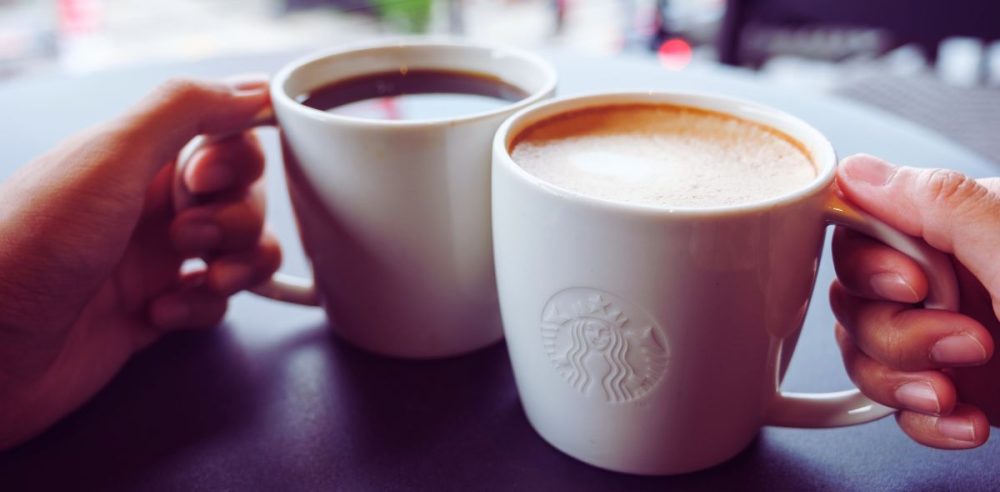Starbucks is introducing a stricter code of conduct for its North American locations, ending the practice of allowing non-paying customers to occupy its cafes or use restrooms.
The new rules aim to address the challenges of serving as a default public space while focusing on paying customers. This marks a significant shift from the company’s previous open-door policy, implemented after a high-profile controversy in 2018.
The updated policy prohibits behaviors like panhandling, discrimination, consuming outside alcohol, and vaping within Starbucks cafes, reported CNN Business. According to a company spokesperson, the changes are intended to “prioritize paying customers who want to sit and enjoy our cafes or use the restroom during their visit.”
The policy will be prominently displayed on store doors, and staff will receive training to ensure its implementation.
To make in-store visits more appealing, Starbucks is introducing perks for customers. Starting January 27, all visitors can enjoy a free refill of hot or iced coffee in ceramic mugs or reusable glasses, a benefit previously limited to loyalty program members. This move aligns with Starbucks’ efforts to revive its “third place” ethos—a welcoming environment between home and work—while addressing operational challenges.
The decision to limit restroom access highlights the broader issue of inadequate public bathroom facilities in the U.S.
Historically, Starbucks and other private businesses have stepped in to fill this void, but the strain on resources has led to reconsideration. Former CEO Howard Schultz acknowledged in 2022 that keeping restrooms open posed safety risks due to growing mental health crises affecting employees and customers.
Starbucks’ open-door restroom policy originated in response to a 2018 incident in Philadelphia, where two Black men were arrested after being denied bathroom access while waiting for a friend. The event, captured on video, sparked public outrage and led to the company adopting a more inclusive stance. However, this approach created new challenges for employees managing non-paying visitors and customers seeking a comfortable cafe experience.
While the changes may alienate some, Starbucks hopes the new rules will create a safer and more enjoyable environment. This adjustment follows the closure of several downtown locations in 2022 due to safety concerns, signaling a more cautious approach to balancing community needs and operational priorities.


